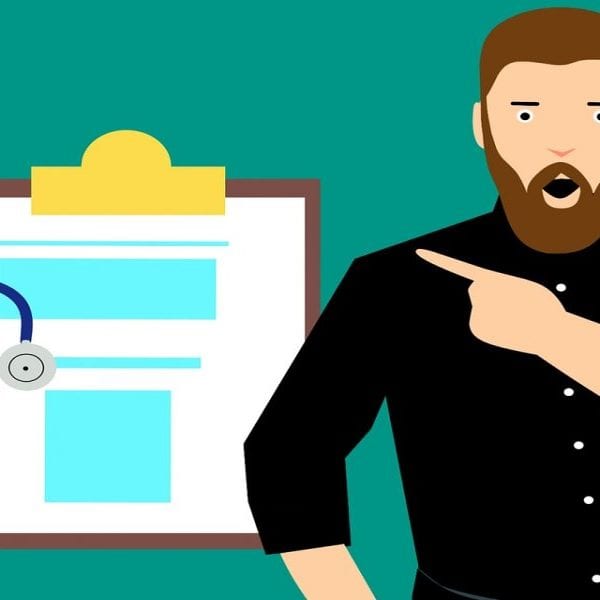
How to Rebrand in a Much Despised Category
Healthcare.
To many, the word itself is an oxymoron, with “caring” often missing from the provision of health services to those who need it the most. In fact, in an Gallup poll published in August, the healthcare industry ranked just above the pharmaceutical industry and the federal government as Americans’ three least favorite business sectors. These negative feelings run deep and create a formidable challenge for healthcare marketers, especially since messaging alone is unlikely to change perceptions. So, how does a chief marketing officer approach, let alone solve, a gargantuan problem like this?
To find out, I spoke with Dave Edelman, who took the CMO reigns at Aetna in 2016 and a year later launched the campaign, “You don’t join us, we join you.” Preceded by six months of internal sell-in and significant training, this was Aetna’s first unified effort across all of its divisions. Outlining the positioning behind the idea along with the critical steps it took to get there, Edelman reports the campaign has had a measurable impact on both employee morale and customer satisfaction.
What gave you the courage to take on the challenge of a major rebranding?
We had no choice but to take on the challenge of transforming our brand and the way we connected with customers because of the negative association surrounding the health system. If we’re going to reshape the economics of our business, we have to have a different kind of relationship with our members and with the employers who buy our services. We have to be a partner in helping people get the care they need to stay healthy. If they can stay healthy, the economics work for everybody and they’re healthier. We had to take on a different way of connecting to start the process of building a new kind of trusted relationship with the market.
What were the first steps?
We needed to know where people would trust us to do more, so we did research. We went right out to members as well as employers and raised questions of what space we could occupy in their lives and where they felt a need. We didn’t ask what they necessarily wanted from Aetna. We started first with research that asks what their frustrations with the health system were. Note that I didn’t say health insurance — I said the health system. What we started to hear, besides a lot more frustration with rising costs, is that people feel like they couldn’t string things together and were being left on their own to figure it all out. It came through in every segment, every age, and different levels of frustration, but it was solidly there. Then, we started asking, “Who do you think should help you put it together?” and it started to come back to their health insurance company. People wanted us to do more to actually help them, not just save money.
So how did you translate what they were saying into a strategy?
Customers were voicing that they needed someone to help them get to where they wanted to go from a health perspective. That was really the language they used. We turned that into that people have ambitions for what they want to do with their health. They want to be able to get out every day and walk the dog. They may want to do something more ambitiously athletic. People have ambitions, and those ambitions bring them joy. If we could help people realize the joy of achieving their health ambitions, that would be a powerful enabler for what they feel they have to get from the healthcare system that they were not already getting.
What was the process for determining whether or not an insurance company could actually meet the demands that customers were expressing?
There was a very broad range of changes that people wanted to make. It was a question if we could actually do it from a market perspective and if they would give us license to do it. We have people on the front lines who are answering calls, who really feel like they could do more for our members. Should they? If you’re calling in to talk to somebody about a knee replacement surgery and you want to make sure it’s covered, we could start asking, “Do you want physical therapy lined up afterwards?” Should we make sure that is said? We can ask those questions, and we have services to offer that, but we wondered if people would let us do that. We actually decided that we could. We’d use our marketing to provide air cover and help people start to reframe the way they think about us, so when we started interacting with them in this new way, they’d understand.